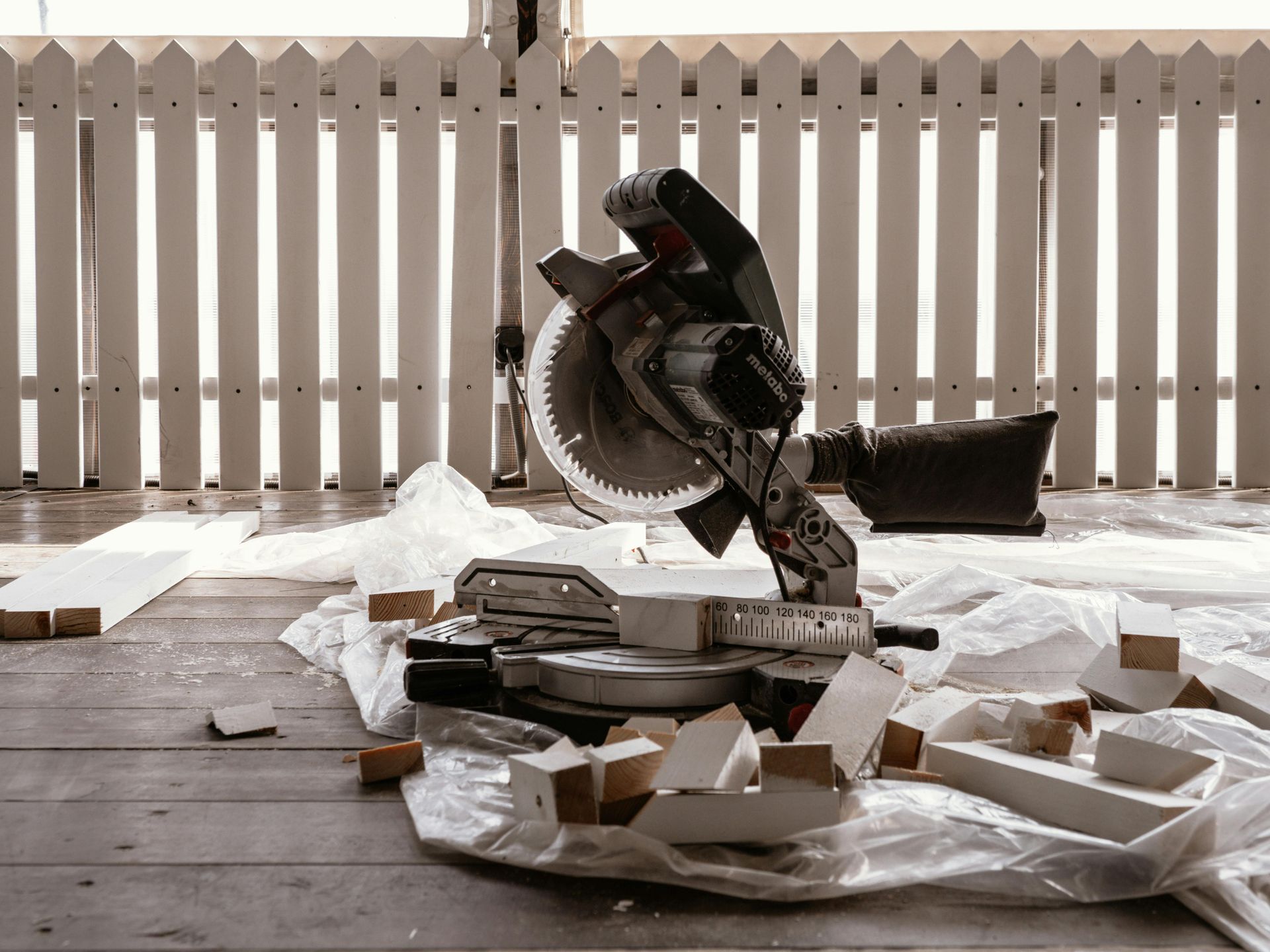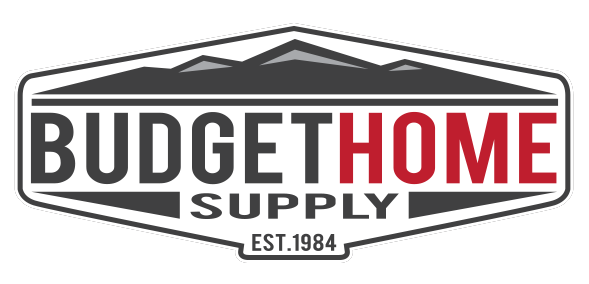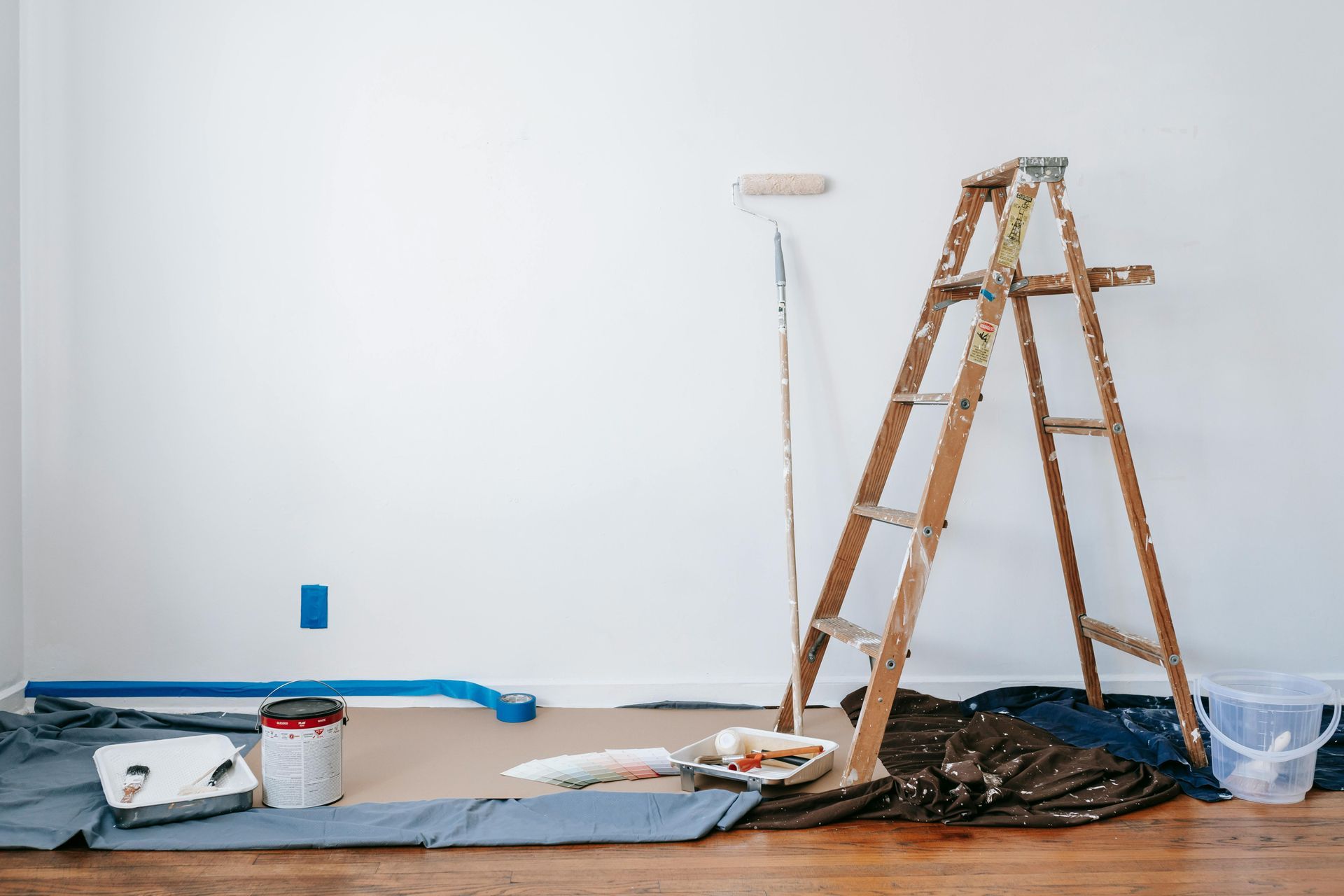How to Maintain and Extend the Life of Your Deck

Your deck is an extension of your home where you entertain, relax, and create memories. It's a place for summer barbecues, lazy afternoons with a good book, and creating memories with loved ones.
But to keep your deck looking its best and functioning well for years, you need to give it a little TLC. Whether you have a cedar deck, composite materials, or low maintenance deck tiles, regular deck maintenance can help to extend its lifespan.
In this guide, we'll walk through essential deck care tips and explore the benefits of maintaining and repairing your deck so you can enjoy your outdoor haven for many seasons ahead.
Why Deck Maintenance Matters
A well-maintained deck looks fantastic. But the benefits go far beyond aesthetics. Here's why regular deck care is a must:
- Aesthetic Appeal: Routine maintenance keeps your deck looking pristine. Whether you prefer a maintenance-free deck or a classic cedar deck, consistent care will keep your outdoor space attractive and inviting.
- Enjoyment and Comfort: A regularly maintained deck is a pleasure to use. It remains a comfortable and attractive space for outdoor activities, ensuring you get the most out of your investment.
- Safety First: A neglected deck becomes a safety hazard. Warped boards, loose railings, and slippery surfaces can lead to accidents. Regular maintenance helps prevent these issues and keeps your deck safe for everyone.
- Fewer Repairs: Think of deck maintenance as preventative care. By catching small issues early on, you can avoid costly repairs down the road. This means less time dealing with contractors and more time soaking up the sun on your beautiful deck.
- Extended Lifespan: With proper care, your deck can last for decades. Regular maintenance helps protect your deck from the elements, preventing rot, mildew, and insect damage.
- Increased Property Value: A beautiful, functional deck adds value to your home. Potential buyers are more likely to be impressed by a space they can envision themselves enjoying.
Deck Care Tips for Every Type of Deck
The specific maintenance needs of your deck will vary depending on the material it's made from. Here's a quick breakdown:
1. Cedar Deck Maintenance
Cedar is a beautiful wood with rot-resistant capabilities but it does require regular care.
- Cleaning: Use a gentle cleanser and a soft-bristled brush to remove grime and dirt. Never use abrasive chemicals that can damage the wood.
- Sealing: Apply a high-quality sealant to shield the wood from moisture and UV damage. This should be done every 1-2 years, depending on weather conditions.
- Inspection: Check for signs of rot or insect damage. Replace any damaged boards to maintain the deck’s integrity.
2. Composite Deck Maintenance
Composite decking offers the advantage of low maintenance but still requires some care to keep it looking its best:
- Regular Cleaning: Use a mild soap and water to clean the surface. Avoid bleach or abrasive cleaners that could damage the composite material.
- Stain Removal: Address stains promptly using a composite deck cleaner. Most stains can be removed with simple scrubbing, but stubborn ones might need special attention like power washing.
- Inspect for Debris: Ensure that leaves, dirt, and other debris don’t accumulate between the boards, as this can lead to mold growth and other issues.
3. Maintenance-Free Deck Boards
If you’ve opted for maintenance-free decking, you’re already ahead in terms of convenience. However, a few steps can help maintain their appearance:
- Routine Cleaning: Even though these boards require minimal maintenance, occasional cleaning helps remove dirt and grime. Use a mild detergent and water.
- Inspect Regularly: Check for any signs of damage or wear. While maintenance-free decks are designed to last, it’s still good to keep an eye on them.
- Avoid Harsh Chemicals: Stick to recommended cleaning products to avoid damaging the deck’s finish.
Deck Repair and Maintenance: How to Spot Common Issues in Your Deck
Here are some red flags to watch out for in your deck and how to address these concerns.
1. Cracks and Splinters
Cracks and splinters can affect both the appearance and safety of your deck. Small cracks and larger splits should be sanded down and filled with wood filler. After drying, sand smooth and apply sealant to protect the wood. For larger cracks, you might need to replace the affected boards.
Splinters, which often result from weather or heavy use, can be smoothed out with regular sanding. For extensive splintering, consider refinishing the entire deck surface to ensure safety and improve appearance.
2. Loose or Wobbly Boards
Loose or wobbly boards are a sign of wear and can pose a safety risk. As you walk across your deck, pay attention to any boards that feel loose or shift underfoot. This can often be due to nails or screws backing out.
To remedy this, tighten any loose screws or nails. If you notice nails frequently backing out, you might need to replace them with screws to get a more secure fix.
Boards that have extensive damage or cannot be secured need to be replaced to maintain the deck’s stability and safety.
3. Mold and Mildew
Mold and mildew are common issues, particularly in shaded or damp areas of your deck. Look for dark or greenish stains on the wood, which indicate mold or mildew growth. A musty odor can also signal that these issues are present.
To address mold and mildew, use a deck cleaner designed to remove these substances. For stubborn stains, a pressure washer can be effective, but be cautious to avoid damaging the wood.
Additionally, improving drainage around your deck and trimming nearby vegetation can help prevent moisture buildup and reduce the likelihood of mold growth.
4. Rot and Decay
Rot and decay are serious issues that can compromise the structural integrity of your deck. Soft or spongy spots in the wood, where it feels unusually squishy when pressed, are signs of rot. Crumbling wood also indicates that decay is setting in.
To address these problems, you will need to replace any rotting boards. It’s important to identify and fix the underlying moisture problem to prevent further rot. Applying a high-quality sealant to the wood can help protect it from moisture and extend its lifespan.
5. Rusty Fasteners
Rusty fasteners can weaken the structural integrity of your deck. Inspect nails, screws, and other fasteners for signs of rust or corrosion. Rusty fasteners should be removed and replaced with new, rust-resistant ones.
Stainless steel or coated deck screws are good alternatives for durability. For minor rust on fasteners, you can sand them down and apply a rust-inhibiting primer before replacing them.
6. Uneven or Sagging Areas
Uneven or sagging areas can indicate structural issues or weakened support. If you notice parts of your deck sagging or dipping, it may be due to inadequate support or damaged joists.
You may need to reinforce or replace the support structure is often necessary to address this problem. For decks with uneven surfaces, adjusting or replacing the underlying support can help ensure the deck remains level and stable.
7. Excessive Wear and Tear
Over time, decks naturally experience wear and tear. Look for signs such as worn finishes, scratches, stains, or fading.
To address excessive wear, you may need to refinish the deck by applying a new coat of stain or sealant. This should typically be done every 1-3 years, depending on how much the deck is used and the local weather conditions. Regular cleaning also helps reduce wear and extends the life of the deck’s finish.
Regular Inspections Are Key
To keep your deck in top condition, make a habit of inspecting it regularly. Identifying common issues early can save you from more extensive repairs and help ensure your deck remains a safe and attractive part of your home.
The Importance of a Professional Deck Maintenance Service
Sometimes, it’s best to leave deck maintenance to the professionals. A deck maintenance service can:
- Perform Thorough Inspections: Professionals can spot potential issues that you might miss.
- Handle Complex Repairs: From structural issues to extensive staining, professional services can address complex problems.
- Provide Expert Advice: They can offer tailored advice for your specific deck type and conditions.
Get Started with Deck Maintenance Today
Maintaining and extending the life of your deck is a smart investment for your home’s comfort, safety, and value. Whether you’re dealing with cedar deck maintenance, composite deck upkeep, or considering a no maintenance deck, regular care and timely repairs are essential.
Ready to give your deck the attention it deserves?
Budget Home Supply is here to help with all your deck maintenance needs. From expert advice to quality products, we’ve got you covered.
Contact us today to learn more about our deck care tips and find the perfect solutions for your outdoor space. Visit Budget Home Supply for more information and to get started on maintaining your deck today!

